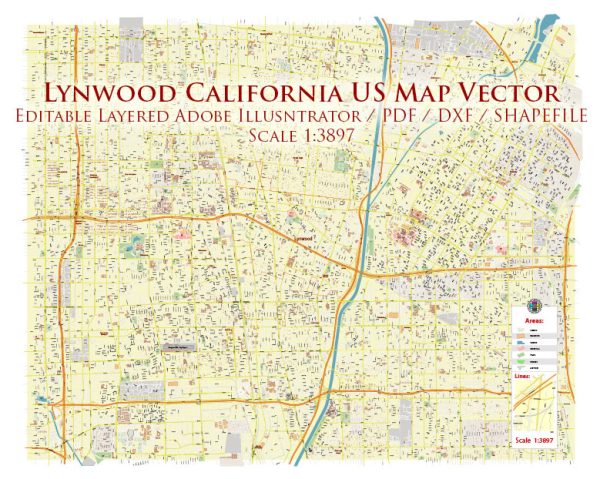Lynwood, California, has a rich history of urban development that reflects the broader trends and challenges faced by many urban areas in the United States. While I can provide a general overview, it’s important to note that specific details may vary, and additional local sources may offer a more detailed and nuanced perspective.
Early History:
Lynwood’s history dates back to the late 19th century when the region was primarily agricultural. The development of the Southern Pacific Railroad in the late 1800s played a crucial role in connecting Lynwood to other parts of California, facilitating the transportation of goods and people.
Post-World War II Boom:
Like many other American cities, Lynwood experienced a significant population boom in the post-World War II era. This was fueled by factors such as industrialization, economic growth, and the availability of affordable housing. The GI Bill, which provided housing benefits to veterans, also contributed to this growth.
Suburbanization:
In the mid-20th century, Lynwood, like many other communities, witnessed suburbanization. This involved the expansion of residential areas, the development of shopping centers, and the establishment of schools and other amenities. The automobile became a central aspect of suburban life, and infrastructure development, including the construction of highways, played a key role in shaping the urban landscape.
Demographic Changes:
Lynwood’s demographics have evolved over the years. Initially, it was predominantly white, but as the 20th century progressed, there was a demographic shift with a growing African American and Latino population. This demographic change influenced the cultural fabric of the city and impacted local institutions.
Economic Shifts:
The economic landscape of Lynwood has experienced shifts over time. The city was once home to various industrial and manufacturing activities, but deindustrialization trends in the late 20th century led to economic changes. This transition presented challenges as the city adapted to new economic realities.
Challenges and Opportunities:
Lynwood, like many urban areas, faced challenges such as urban decay, crime, and socio-economic disparities. However, the city has also been the focus of revitalization efforts, community initiatives, and economic development projects aimed at improving the quality of life for residents.
Present-Day:
In the 21st century, Lynwood continues to navigate issues related to urban development, affordable housing, and community engagement. Efforts to enhance infrastructure, education, and economic opportunities play a crucial role in shaping the city’s future.
Understanding Lynwood’s history of urban development provides insights into the broader patterns of urbanization, demographic shifts, and economic changes that have characterized many American cities over the years. Local archives, historical societies, and community resources can offer more in-depth information for those interested in a detailed exploration of Lynwood’s history.


 Author: Kirill Shrayber, Ph.D.
Author: Kirill Shrayber, Ph.D.